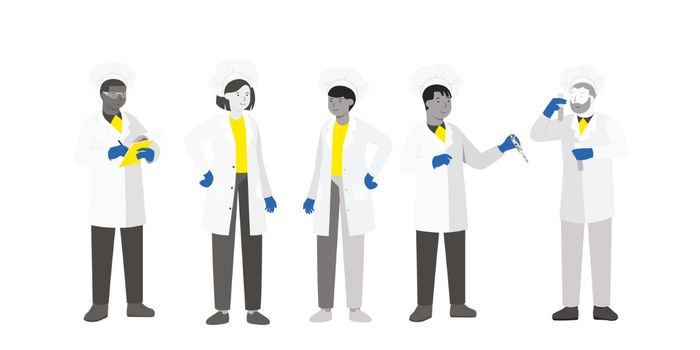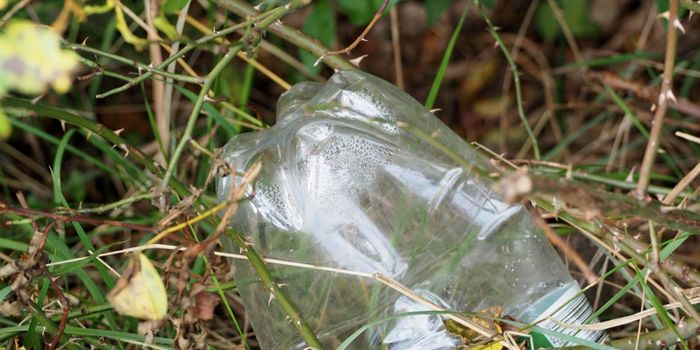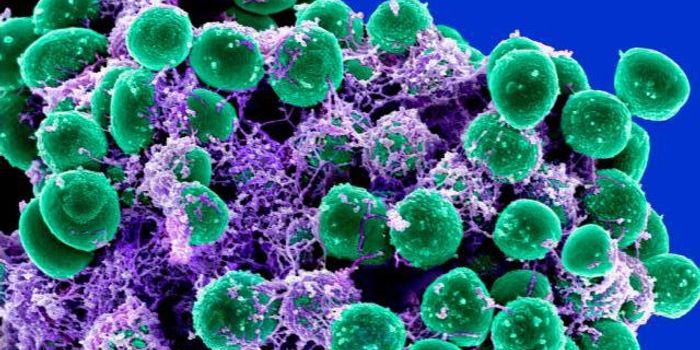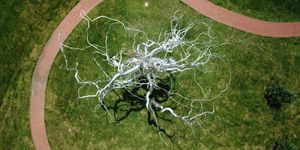Strange Structures in a Freezing Lake Reveal the Life of Ancient Microbes
There are microbial communities thriving at the depths of Antarctic lakes where conditions are so harsh, very little else can survive. Researchers are now learning more about unusual formations made by these microbes, and their new insights could tell us more about the early evolution of life.
Lake Untersee is a large lake in the interior of East Antarctica. There are usually several meters of ice on the surface of the lake, and very little sunlight can penetrate to its depths. Plants do not grow there and there are no animals living there. But microbial organisms create strange structures on the bottom of the lake, some of which are little pinnacles while others are larger cones. Scientists wanted to know more about these funky things. Their findings have been reported in the journal Environmental Microbiology.
Although the depths of he lake are dark, enough sunlight can get in to sustain some photosynthetic microbes. There is an upper, colorful layer of these microbes; their varied pigments allow them to capture any light in the lake. Under the colorful layer, there is something that looks like clay, but is actually a mat of microorganisms that don't require sunlight to live.
The investigators collected tiny samples from the structures, and isolated and sequenced the DNA within. This effort showed that in the clay-like layer, there are many single-celled organisms, such as archaea, as well as protists like ciliates, amoeba, and microfungi.
The colorful layers contain cyanobacteria, which are photosynthetic bacteria commonly found in freshwater around the world. Two kinds of cyanobacteria were predominant; in the pinnacles, there were slender Elainellacea microbes, while the cones were primarily Microcoleus microbes that have a thicker shape.
"Based on our research, we believe that cyanobacteria play a role in how these structures form. So there must be some way they grow that leads to these different shapes," said study co-author Dr. Anne Jungblut.
The investigators are still determining how the microbes are interacting and why different species grow in different parts of the lake.
But since the growth of the structures in Lake Untersee has been undisturbed for hundreds and maybe even thousands of years or more, they could tell us about early life on Earth. Not much can live on Antarctica as well, so they have not been impacted by many other organisms since they began to grow.
The microbial structures are soft, and seem to form similarly to stromatolites, which are among the oldest known fossils on the planet. They're still around, but they originated about 4 to 2.5 billion years ago.
At that time, the only life on Earth was single-celled organisms. Stromatolites from this period were also composed mostly of cyanobacteria,. They are thought to have created the hospitable, atmospheric conditions and oxygen we need to survive on Earth.
"Lake Untersee is unique because it has these different shapes of microbial structures. Studying these structures can help us to learn more about how life evolved, formed and organized itself and how much it was influenced by environmental forces," said Jungblut.









